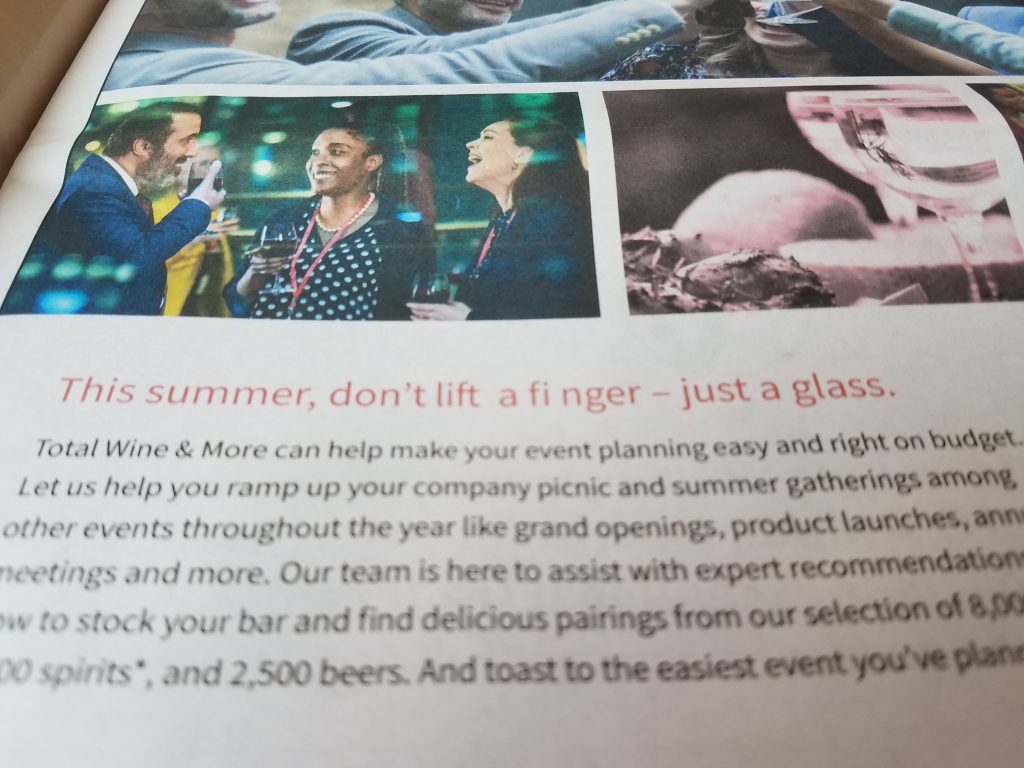Stupid on repeat=marketing fail
Repeat phone calls from different numbers, same message
Around 11 a.m. my cell phone rings and the caller ID shows an 1-800 number. I don’t answer. Seconds later there’s a voicemail message. It is a recording of a robotic woman warning of some account suspension. I delete the message without listening to all of it. About five or ten minutes later, another call from another 1-800 number. Again, I don’t answer. And again, there’s the exact same voicemail message. This has happened for the past three days. That’s six calls from six different 1-800 numbers and six identical robotic voicemail messages.
Perhaps the spammer’s “strategy” is this:
- Use an 1-800 number since it looks official
- Use different 1-800 numbers for each call, so target won’t figure out it’s the same entity calling
- Scare the target with an official sounding message about “immediate account suspension” to create fear/anxiety. This fear will lead to target answering the phone five minutes after the original message and/or calling back.
- Call at the same time every day because this will make a target answer or pick up
Stupid “marketing”
What’s behind this “marketing” strategy is the assumption that the target won’t see that the 1-800 calls are not official, and that they will pick up. In other words, the “strategy” is based on the idea that the target is too stupid to see that this is a scam.
Sending the same email, over and over and over and over…
There’s a guy named Steve Marriot who really wants to speak to me about my credit. He wants it so much that he sends me the same email day after day. His subject line says “Let’s grow together in 2019.” He just wants to set up me to call him to discuss my credit needs. Or better yet, just apply since his company has analyzed my company and determined I am eligible for a quarter million dollar loan at a low rate! Okay then. Oh, and there is absolutely no information about Steve’s “company” in the email. No website address, no description, no nothing but there is a link for an application. As if I am going to click that.
Putting the stupid in marketing
First, sending the same email multiple times does not make me want to open a line of credit with you. Credit and finance are trust-based transactions. I don’t know Steve, but I do know he is running a con. He knows nothing about my company or me and nobody but nobody pre-approves you for a loan without knowing anything about your finances. Second, are you really that stupid to think that I am so stupid as to respond to an email from an unknown “financial” company?
Do you assume your customers are stupid? If you do, please stop. The only marketers that bet on stupidity are spammers. And that is the bottom line.
About Deborah Brody
Deborah Brody writes and edits anything related to marketing communications. Most blog posts are written under the influence of caffeine.








